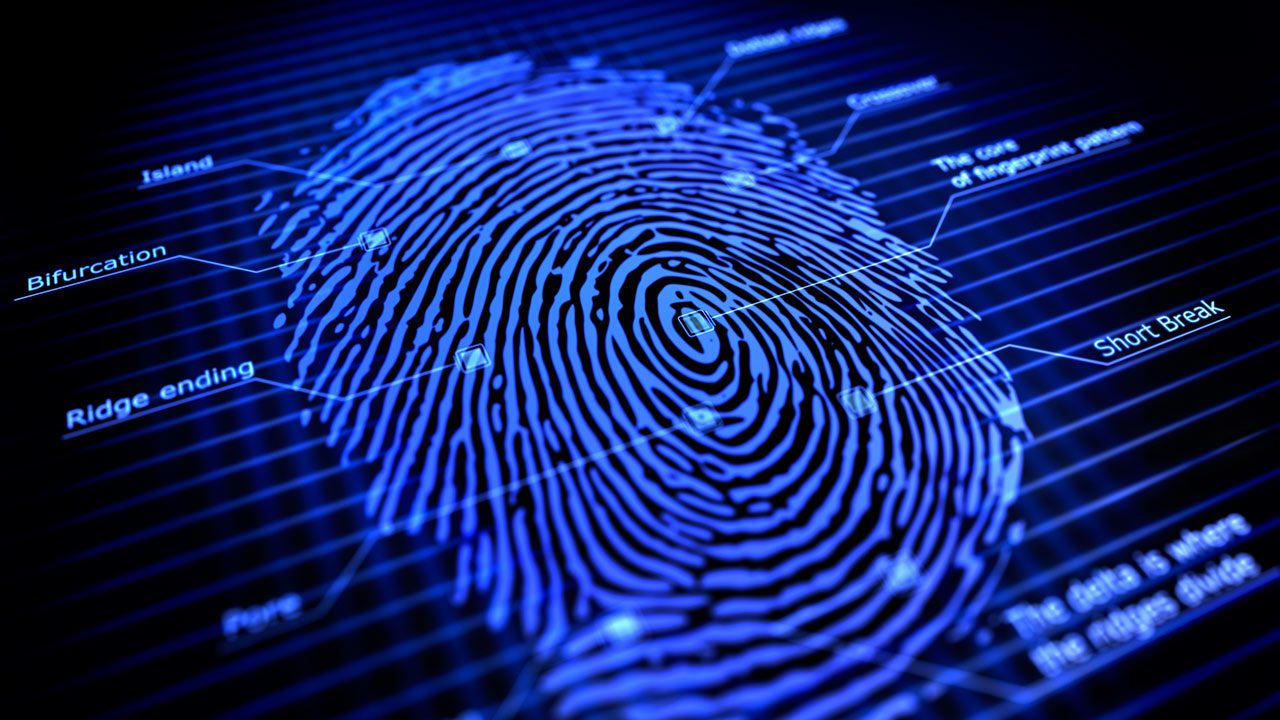Fingerprints have long been a subject of fascination for scientists, investigators, and the general public alike. These unique patterns on our fingertips have played a significant role in forensic investigations, personal identification, and even smartphone security. In this article, we will delve into the captivating world of fingerprints, exploring their origins, classifications, and the science behind their uniqueness.
The Uniqueness of Fingerprints
Fingerprints are considered one of the most reliable forms of personal identification due to their uniqueness. No two individuals, not even identical twins, possess the same set of fingerprints. This extraordinary characteristic has made fingerprints an invaluable tool in forensic science.
Formation of Fingerprints
The formation of fingerprints begins during fetal development, around the 10th week of gestation. The ridges and valleys on our fingertips are formed due to the interaction between the epidermal and dermal layers of the skin. Genetic factors, as well as environmental influences, contribute to the development of distinct ridge patterns.
Types of Fingerprints
Fingerprints can be broadly classified into three main categories: loop, whorl, and arch. Each type is characterized by the flow and direction of the ridges.
-
Loop: The loop pattern is the most common, accounting for approximately 60-65% of all fingerprints. It consists of ridges that enter from one side of the finger, curve around and exit from the same side.
-
Whorl: The whorl pattern is characterized by concentric circular ridges or spirals. It is the second most common type, comprising around 30-35% of fingerprints.
-
Arch: The arch pattern is the least common, making up only about 5% of all fingerprints. It is characterized by ridges that enter from one side and exit from the other, forming a wave-like pattern.
Forensic Applications
Criminal Investigations
Fingerprints have been instrumental in criminal investigations for over a century. The uniqueness of fingerprints allows forensic experts to match prints found at crime scenes to known individuals, helping solve crimes and bring perpetrators to justice. Through a process known as fingerprint identification, latent prints (invisible to the naked eye) can be lifted and compared against a database of known prints.
Historical Significance
The use of fingerprints for identification dates back thousands of years. Ancient civilizations, such as the Babylonians and the Chinese, recognized the individuality of fingerprints and used them to authenticate documents and clay tablets. The development of fingerprint classification systems in the late 19th century laid the foundation for modern fingerprint identification techniques.
Biometric Security
In recent years, fingerprints have become an essential component of biometric security systems. Many smartphones and electronic devices now utilize fingerprint scanning technology for secure access. By comparing an individual’s fingerprint against a pre-registered sample, these systems ensure that only authorized users can unlock and access the device.
The Science Behind Fingerprints
Ridge Patterns
The unique patterns on our fingertips are a result of ridge formations. Ridges can form distinct patterns such as loops, whorls, and arches, which remain constant throughout an individual’s life. The arrangement and spacing of these ridges create an intricate and highly individualized pattern.
Minutiae Points
Within the ridge patterns, there are specific points known as minutiae. These points include ridge endings, bifurcations, and enclosures. Forensic experts analyze these minutiae to determine the uniqueness and compatibility of fingerprints. The presence and arrangement of minutiae points play a vital role in fingerprint identification.
Fingerprint Analysis Techniques
Forensic scientists employ various techniques to enhance and analyze fingerprints. These techniques include:
-
Dusting: The application of a fine powder, such as aluminum or black powder, to reveal latent prints.
-
Ninhydrin: A chemical used to develop latent prints on porous surfaces by reacting with amino acids present in sweat.
-
Cyanoacrylate Fuming: A method in which superglue vapors react with the moisture in fingerprints, creating a visible white residue.
The science of fingerprints is a captivating field that combines genetics, dermatoglyphics, and forensic investigation techniques. From crime-solving to personal identification, fingerprints have proven to be an invaluable tool. Their uniqueness, formation, and various classification patterns make them a reliable means of distinguishing individuals. As technology continues to advance, the study of fingerprints will undoubtedly evolve, enhancing our understanding and utilization of this extraordinary feature.



































